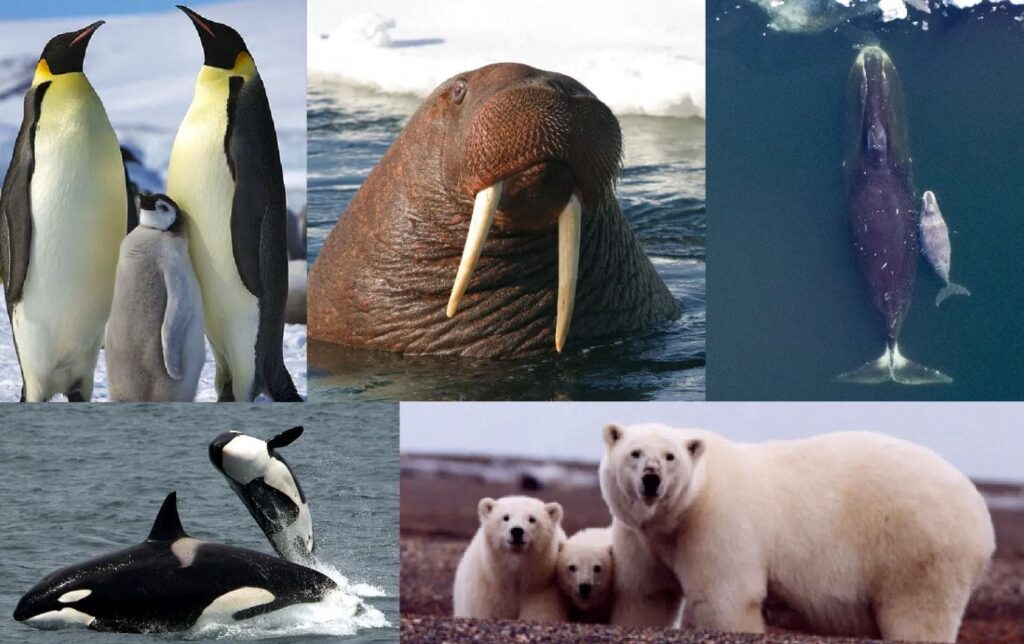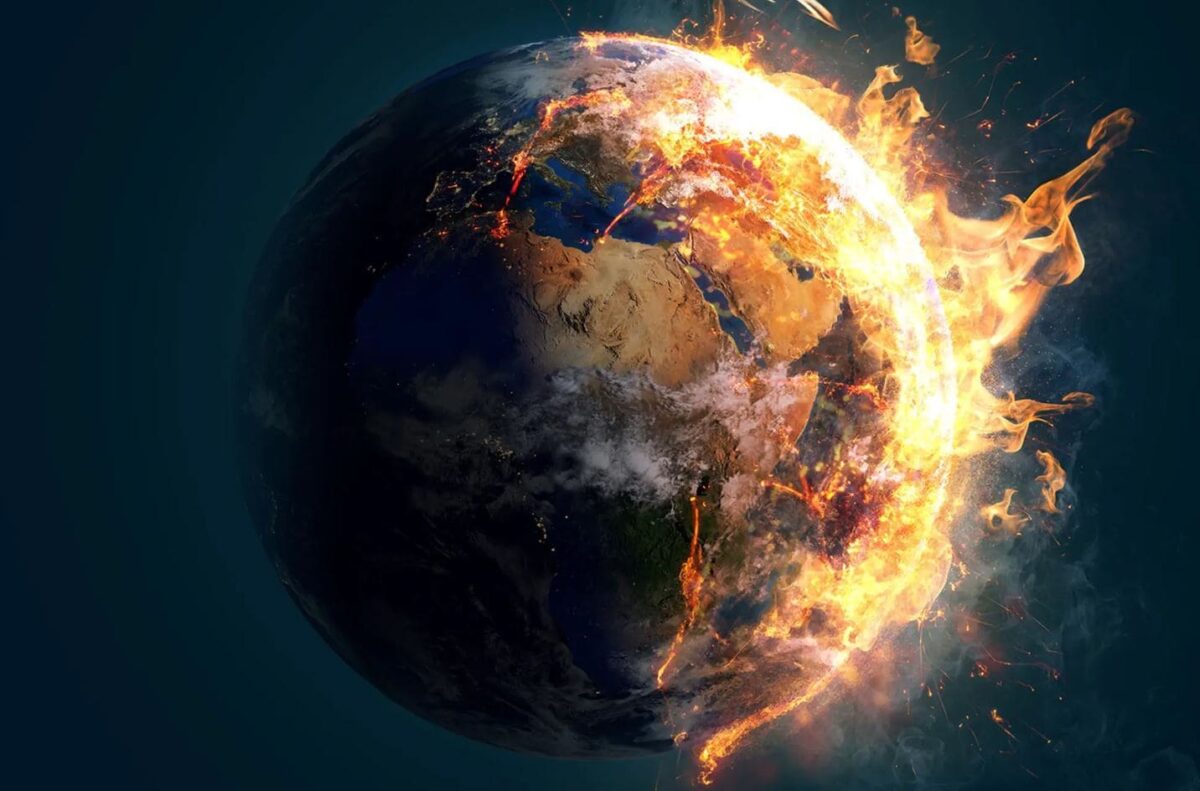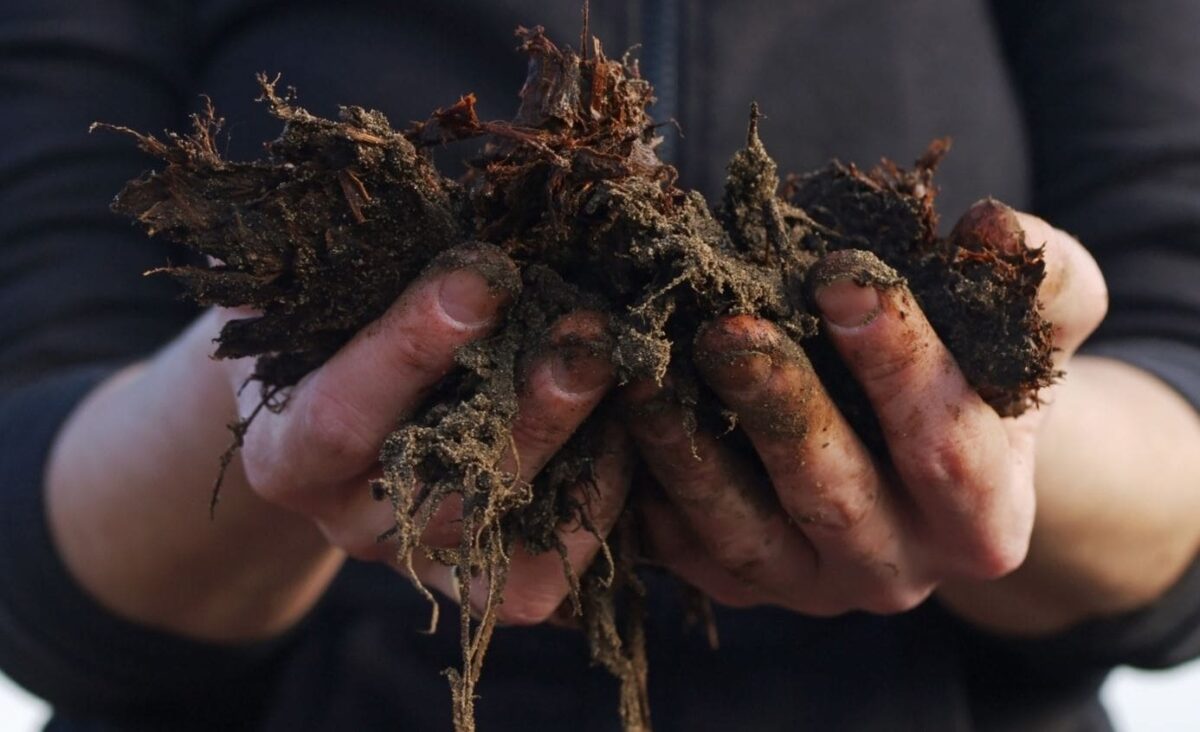Introduction
Climate change has devastating effects on animals living in polar regions, impacting both flora and fauna. The main environmental issues include the loss of sea ice and the melting of glaciers. As a result, animals in these areas face several problems, including food scarcity and loss of habitat. For these reasons, global warming threatens the lives of polar wildlife by destroying or disturbing ecosystems, exposing the animals to predators, and causing a decline in their reproductive performance.
Effect on Ecosystems and Food Chains
The Arctic and Antarctic regions are experiencing a serious climate crisis that has negative impacts on the organisms and ecosystems. For instance, global warming adversely affects polar wildlife by destroying natural habitats and forcing different species to move to find new places for breeding and hunting (University of California San Diego [UCSD] 2021, para. 13). Consequently, animals, such as bears and seals, may migrate to areas that are less suitable for their survival. Moreover, global warming can have devastating effects on food chains in polar regions (UCSD 2021, para. 13). There is a decline in the population of different species in these areas, including those at the lower levels of the food chain. For example, the number of krill and other small marine organisms has been decreasing over the last years (UCSD 2021, para. 13). Fish and other animals in the upper levels of the food chain are adversely impacted by the lack of adequate food. Hence, climate change negatively affects ecosystems and food chains in polar regions.

Increased Vulnerability to Predators and Humans
The continuous decline in sea ice exposes polar wildlife to a greater threat of predators and human activities. For example, the loss of sea ice makes walruses move to land to forage or rest (Marine Mammal Commission [MMC] 2023, para. 6). Consequently, they face a higher risk of being killed by predators and people. Furthermore, global warming causes sea ice to reduce, and this aspect allows for an increase in human activities, such as fishing and tourism (MMC 2023, para. 10). In turn, marine mammals are exposed to new threats, like pollution and ghost fishing, which are detrimental to their survival. As a result, the climate crisis adversely affects polar wildlife and can cause their population to decrease.
Reproductive Performance and Body Condition
Climate change in polar regions causes a reduction in the overall health of the animals inhabiting these areas. Basically, the reproduction of bears has been declining due to the changes in their mating activities and maternity denning behaviors (Laidre et al. 2020, p. 2). In this case, global warming negatively affects the population of polar wildlife and their survival. Besides, the climate crisis in the Arctic and Antarctic regions causes bears to have lower health conditions since most of them are nutritionally stressed (Laidre et al. 2020, p. 2). This decline in the health and survival of polar animals results from food scarcity and loss of habitat. Therefore, climate change contributes to low reproduction and reduced body conditions of these animals.
Conclusion
Global warming negatively affects polar wildlife by causing adverse changes in ecosystems, increased threat of predators, and low reproductive capacity. This unfavorable environmental condition contributes to the loss of habitat and a disturbance in food chains. Polar animals also face a great threat since they are more exposed to their predators and the negative effects of human activities, such as fishing. In turn, their reproductive performance and overall health have been decreasing because of problems like food scarcity. Thus, the changes in environmental conditions pose several challenges to animals found in the Arctic and Antarctic regions.
Reference List
Laidre, KL, Atkinson, S, Regehr, EV, Stern, HL, Born, EW, Wiig, Ø, Lunn, NJ & Dyck, M 2020 ‘Interrelated ecological impacts of climate change on an apex predator’, Ecological Applications, vol. 30, no. 4, pp. 1–18, viewed 12 July 2022, DOI: 10.1002/eap.2071.
Marine Mammal Commission 2023, ‘Climate change and the Arctic’, Marine Mammal Commission. Available from: <https://www.mmc.gov/priority-topics/arctic/climate-change/>. [12 July 2023].
University of California San Diego 2021, ‘FAQ: Climate change in the polar regions’, Scripps Institution of Oceanography. Available from: <https://scripps.ucsd.edu/research/climate-change-resources/faq-climate-change-polar-regions>. [12 July 2023].


